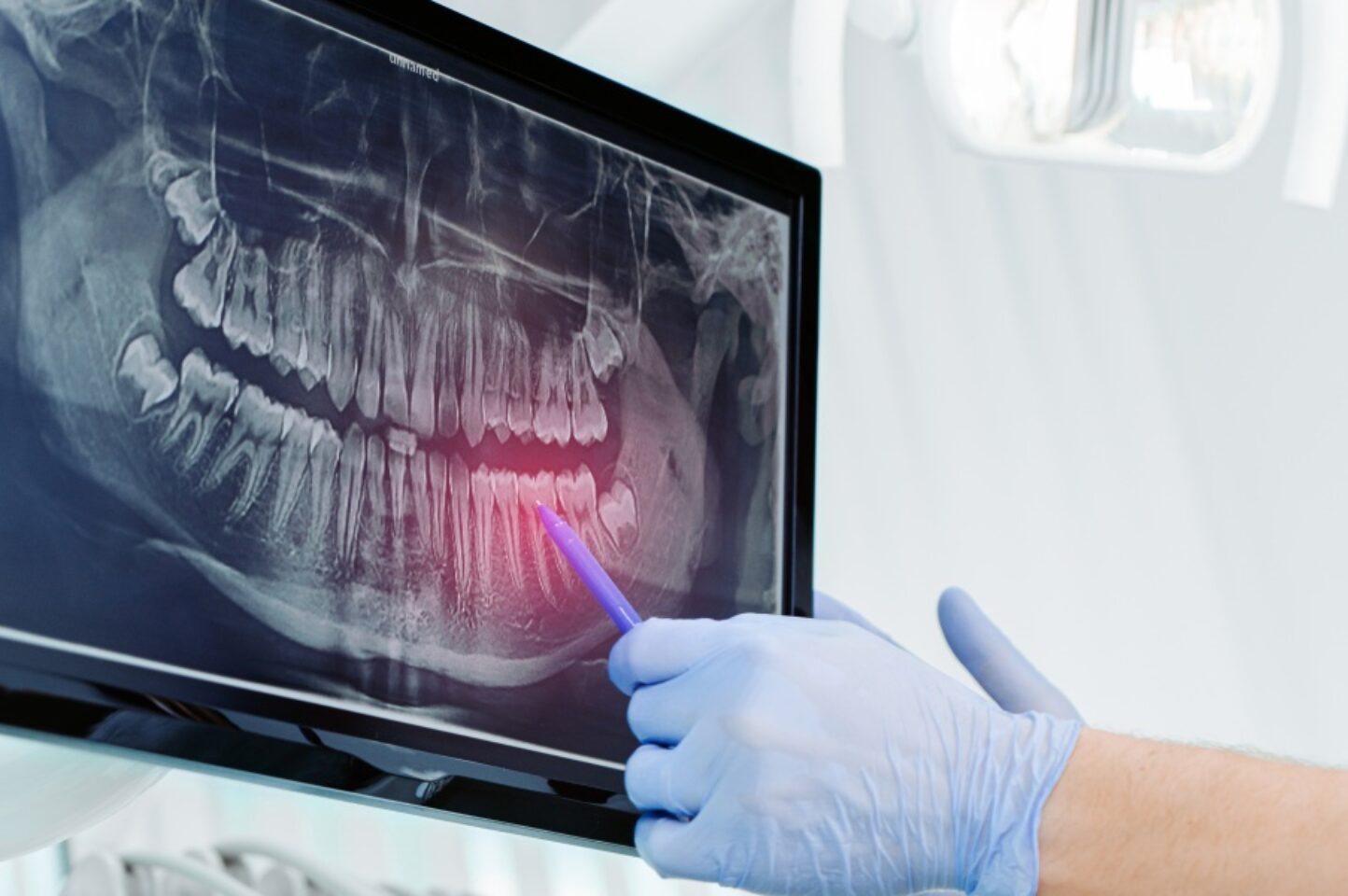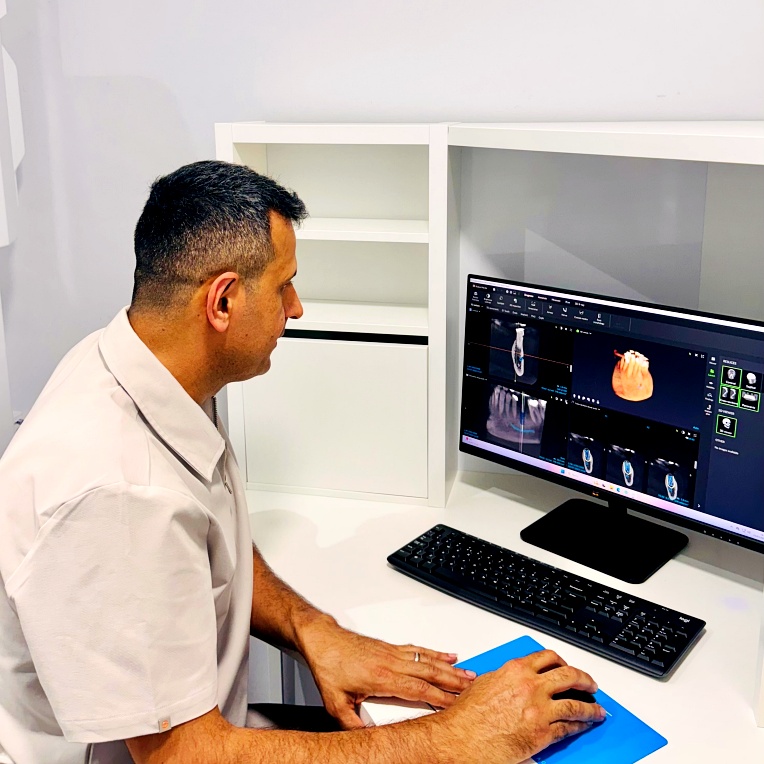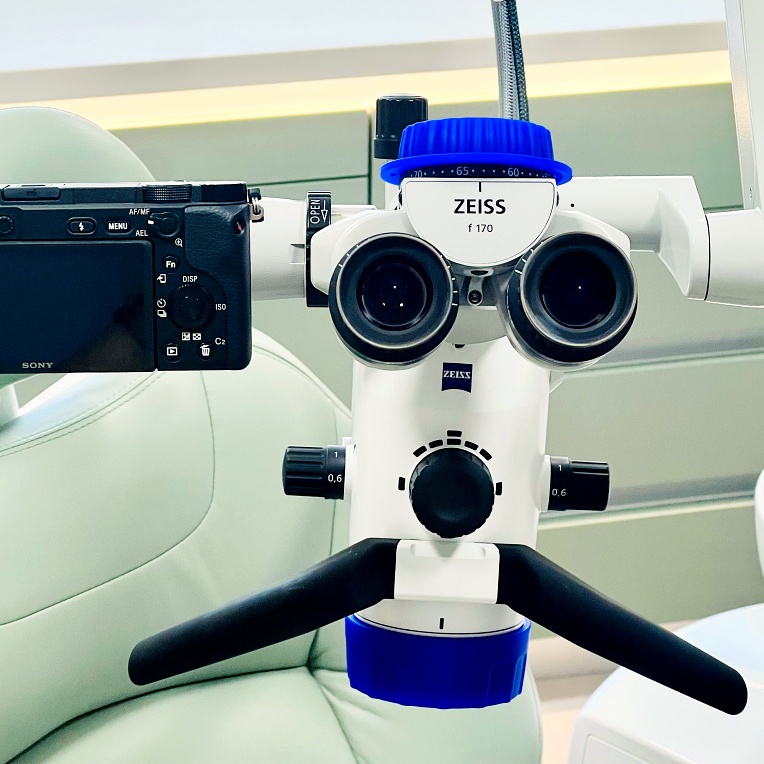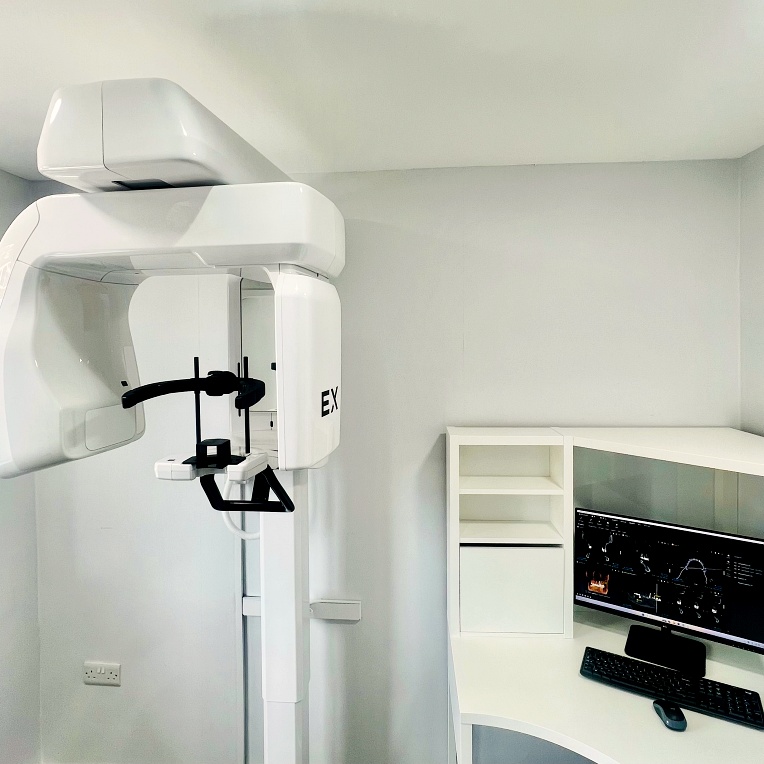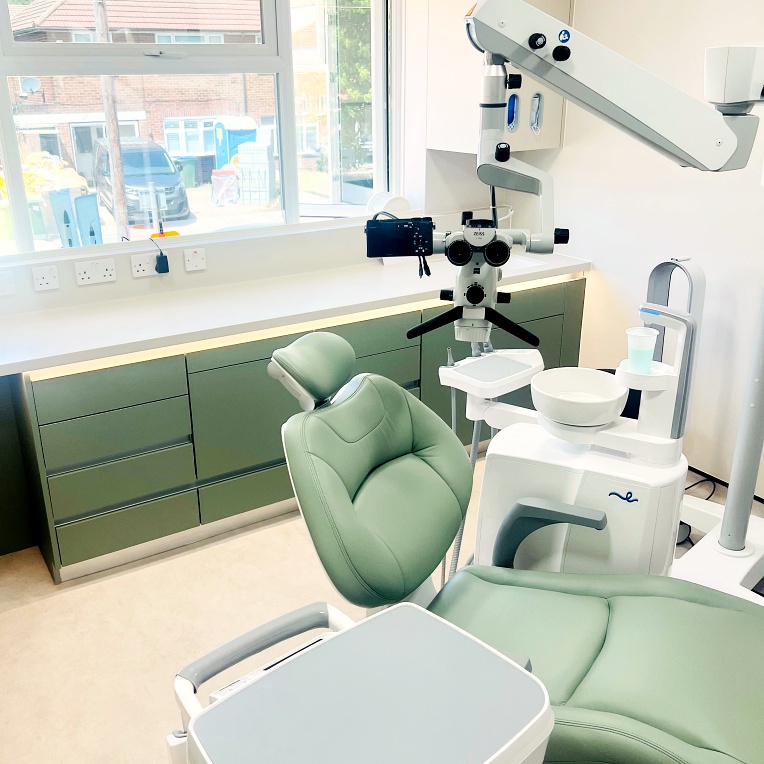Understanding Your Dental X-Rays: What We See and Why It Matters
24th July 2025
When it comes to caring for your teeth, some of the most important things we look for are the ones you can’t see in the mirror.
That’s where dental X-rays come in. These powerful diagnostic tools allow us to look beneath the surface of your smile—into your teeth, roots, bone, and jaw—to catch problems early and guide effective treatment.
Most people are familiar with traditional 2D X-rays, which give quick, low-radiation images ideal for spotting cavities and bone changes. But with advanced 3D CBCT scans, we get an incredibly detailed, three-dimensional view of your teeth, bone, nerves, and surrounding structures—helping us diagnose complex conditions and plan treatments with much greater precision.
Why Are 2D Dental X-Rays So Important During Your Check-Up?
While a visual exam can catch surface-level issues like cavities or gum inflammation, 2D dental X-rays reveal problems that are invisible to the naked eye. These flat images give us valuable insight into areas we can’t see during a regular check-up, such as:
- Decay between teeth or beneath existing fillings.
- Infections in the bone or tooth roots.
- Abscesses or cysts.
- Bone loss due to gum disease.
- Tooth development issues, especially in children.
- Impacted teeth (like wisdom teeth).
- Tumours or other abnormalities.
Without 2D X-rays, your dentist is essentially working blind, especially early on when many problems don’t cause pain or show visible symptoms. These images are a quick, safe, and essential part of catching dental issues early and keeping your smile healthy.
What Is a CBCT Scan?
CBCT, or Cone Beam Computed Tomography, is an advanced 3D imaging technology that captures detailed pictures of your teeth, jaw, and surrounding areas. Unlike traditional 2D X-rays, which show a flat image, CBCT gives us a full 360-degree view of your oral structures.
This technology helps us find issues that might not be visible on regular X-rays. CBCT scans are beneficial for planning complex treatments like dental implants, orthodontics, and root canals because they provide a complete and accurate picture of your mouth.
How Does a CBCT Scan Compare to Traditional X-Rays?
Traditional 2D X-rays are great for basic dental check-ups, but have some limitations. A CBCT scan fills those gaps by offering a detailed, 3D view of your teeth, jaw, and surrounding structures.
Here’s what CBCT scans provide that traditional X-rays can’t:
- Clearer, More Detailed Images: CBCT captures cross-sectional images, revealing areas hidden in flat 2D X-rays. This means infections deep in the jawbone or complicated root shapes become much clearer.
- Precise Treatment Planning: Whether you’re getting dental implants or a complex root canal, accuracy matters. CBCT helps us measure bone density, locate vital nerves, show us the actual anatomy, and design a treatment plan that fits your unique structure perfectly.
- Enhanced Diagnosis: Sometimes, a regular X-ray doesn’t tell the whole story. CBCT scans can detect early signs of bone loss, impacted wisdom teeth, and other issues, allowing us to address them before they worsen.
- Visualising Your Treatment: With CBCT’s 3D images, we can show you exactly what’s happening in your mouth and explain your treatment options clearly, so you feel informed and confident every step of the way.
Supporting Your Journey to Better Oral Health
If you’re due for a dental visit or have concerns about your oral health, don’t hesitate to talk to us about the right imaging options for you. Understanding your X-rays helps you take an active role in your dental care, and we’re here to support you every step of the way toward a healthy, confident smile.
Back to blogs
